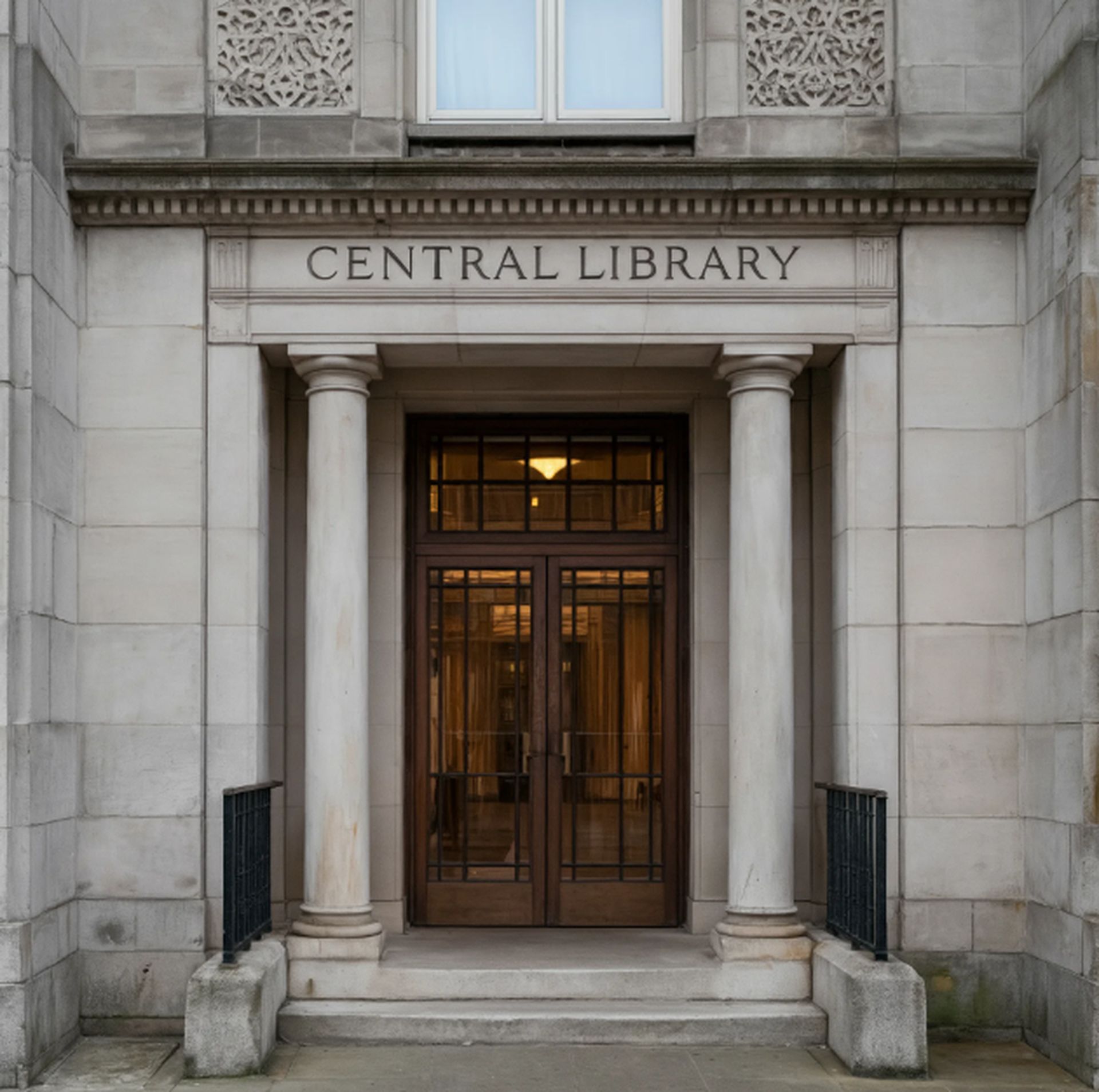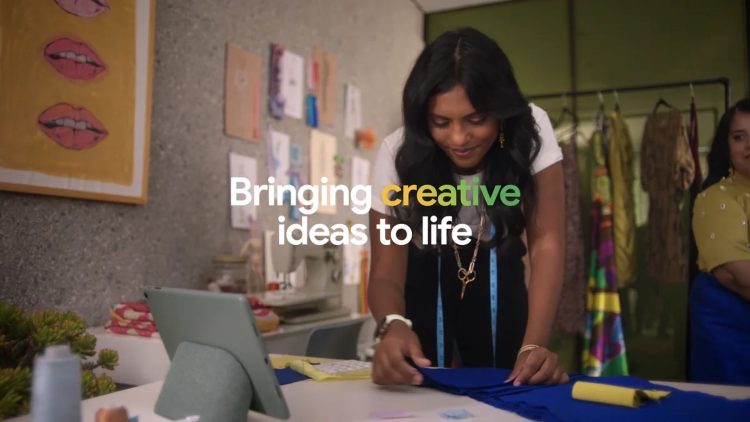Google showcased its recent progress in productive media technologies. The company excited the creative community by unveiling Veo and Imagen 3 models that raise the bar for video and image creation.
The company also shared new demo recordings created with Music AI Sandbox. Google’s goal with these innovations is to empower artists and creators by expanding the role of AI in the creative process.
AI technologies have revolutionized art and creativity in recent years. While new models enrich the visions of artists and creators, they continue to push the boundaries of the technology world. In this context, AI-supported video and visual production tools open new doors in the music field and create high-quality content. Here are the new models!
What does Google’s Veo offer?
Google is raising the bar in AI-powered media production with Veo, its next-generation video creation model. Veo stands out with its capacity to produce high-definition and long-lasting videos that accurately reflect users’ creative visions. Its ability to understand cinematic terms and create consistent footage makes Veo indispensable, especially for filmmakers and digital content producers.
Veo stands out from its competitors in the enhanced control and quality of video production. OpenAI’s Sora has emerged as a strong competitor in video production. However, it is really hard to choose between Veo and Sora. Both models can produce great videos.
On the other hand, Veo understands cinematic terms and can interpret the user’s commands in the best way. For example, detailed commands such as “timelapse” or “aerial shot” allow the model to produce high-resolution and realistic videos.
Google’s collaboration with filmmaker Donald Glover and his creative studio Gilga clearly demonstrates Veo’s advantages in the filmmaking process. Glover had the chance to explore the model’s capabilities by using Veo in his own film project. This collaboration is part of Google’s strategy to advance the technology by involving creatives in the process. Thanks to Veo’s unique cinematic understanding, Glover was able to produce videos that most accurately reflected his creative vision.
Google emphasizes that Veo’s model has proven itself in learning to understand video content, creating high-resolution images, and simulating real-world physical movements. Veo is, therefore, positioned as a strong competitor to OpenAI’s Sora in understanding cinematic terms, creating realistic images, and providing creative control.
Here is Imagen 3
Image 3 is another AI model that maximizes text-visual reproduction. The model delivers photorealistic images with fewer visual errors than previous versions. For example, it can obtain a detailed portrait of a wolf or a majestic photo of a library entrance with the desired detail and color tones. Image 3’s capabilities can be used in various applications, from advertising to art production.
Here is the prompt Google used for the Wolf image and the result:
Prompt: Close-up of a sleek wolf perched regally in front of a gray background with detailed fine detail, isolated on a flat stock photo with hyper-realistic color grading in a high-resolution photo.

Prompt and result for library photo:
Prompt: Photo of a majestic library entrance with the “Central Library” inscription carved in stone.

AI in music
As part of its collaborations with the music community, Google introduced Music AI Sandbox. This suite of tools allows users to create new instrumental sections from scratch and transform audio in different ways. These tools, which expanded AI’s role in music production, were used in collaborations with Grammy-winning musician Wyclef Jean, songwriter Justin Tranter, and electronic musician Marc Rebillet.
All three artists shared new demos created with Music AI Sandbox on their YouTube channels, showcasing the possibilities of AI in the music production process.
On the other hand, digital tools like SynthID are being used to ensure that safety and ethical standards are adhered to during the development and deployment of technology. This means that the technology can be used to conduct various security tests, apply filters, or add digital watermarks.
AI continues to deliver groundbreaking innovations in video, visual, and music production. With models like Veo and Imagen 3, content production is evolving in previously unimaginable ways. Tools like Music AI Sandbox allow artists to enrich their work. Responsible development and use of these technologies maximize their creative potential in society while maintaining ethical standards. This is a big step forward for the advancement of both technology and art.
Featured image credit: Google




